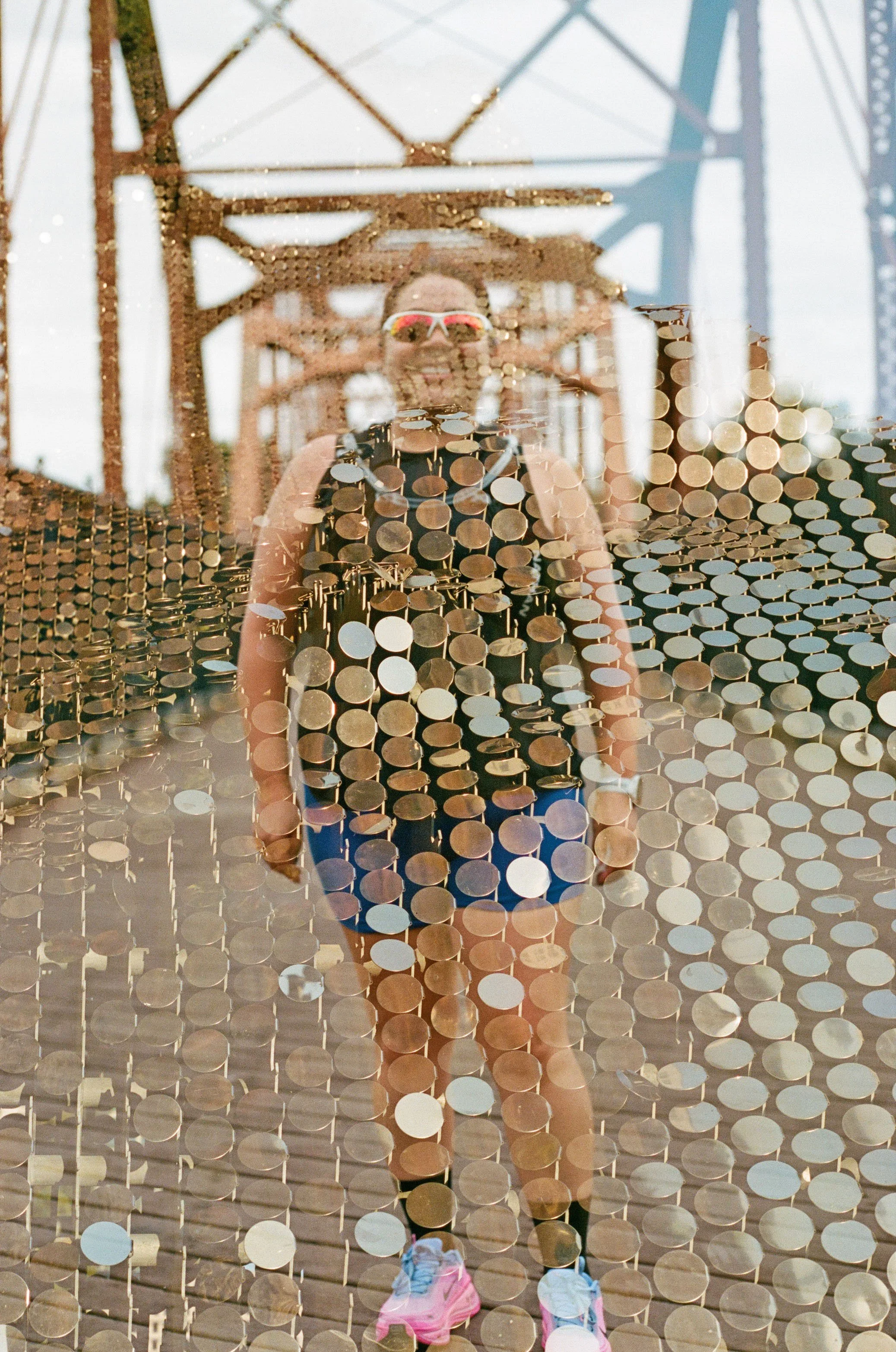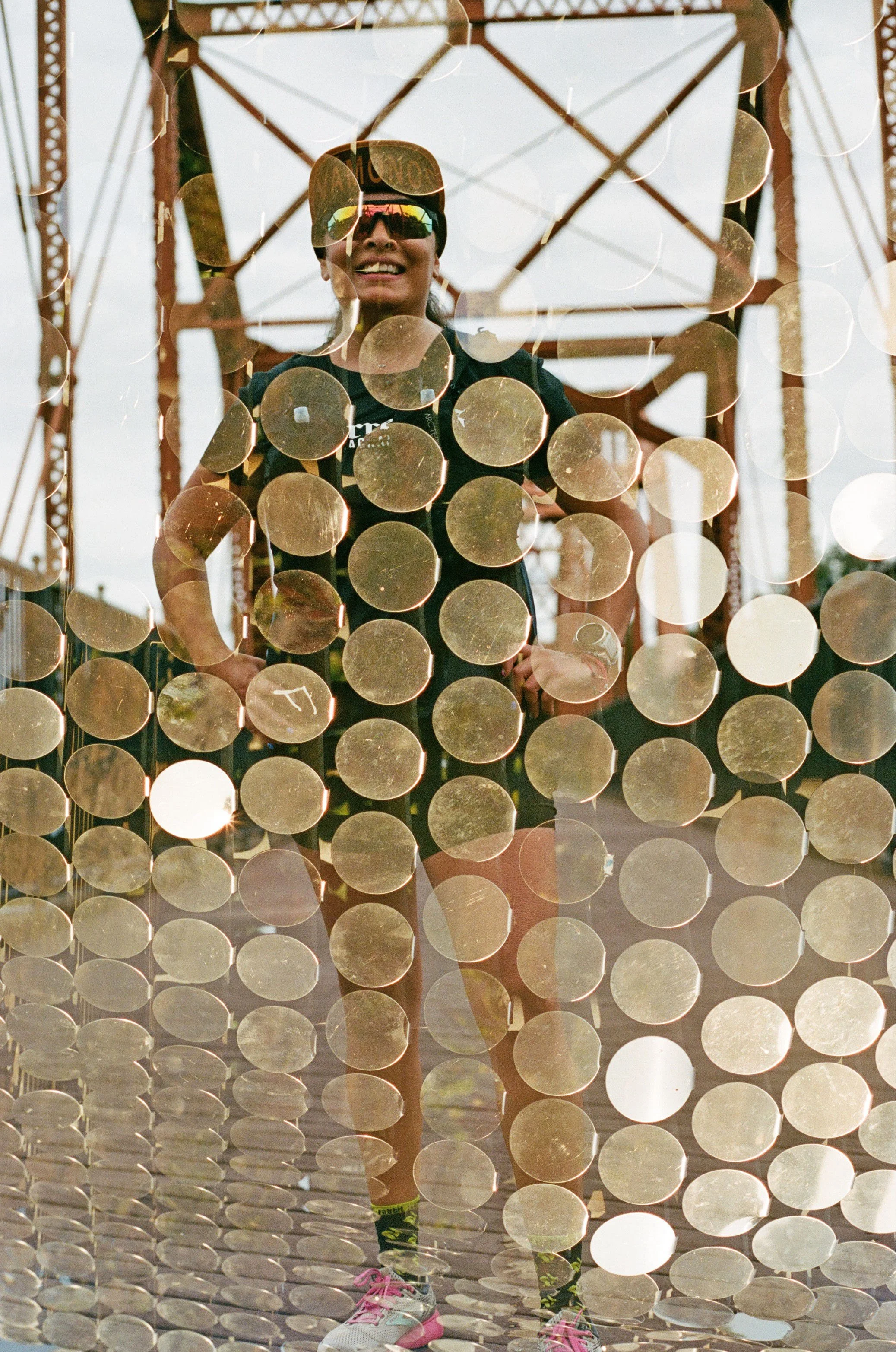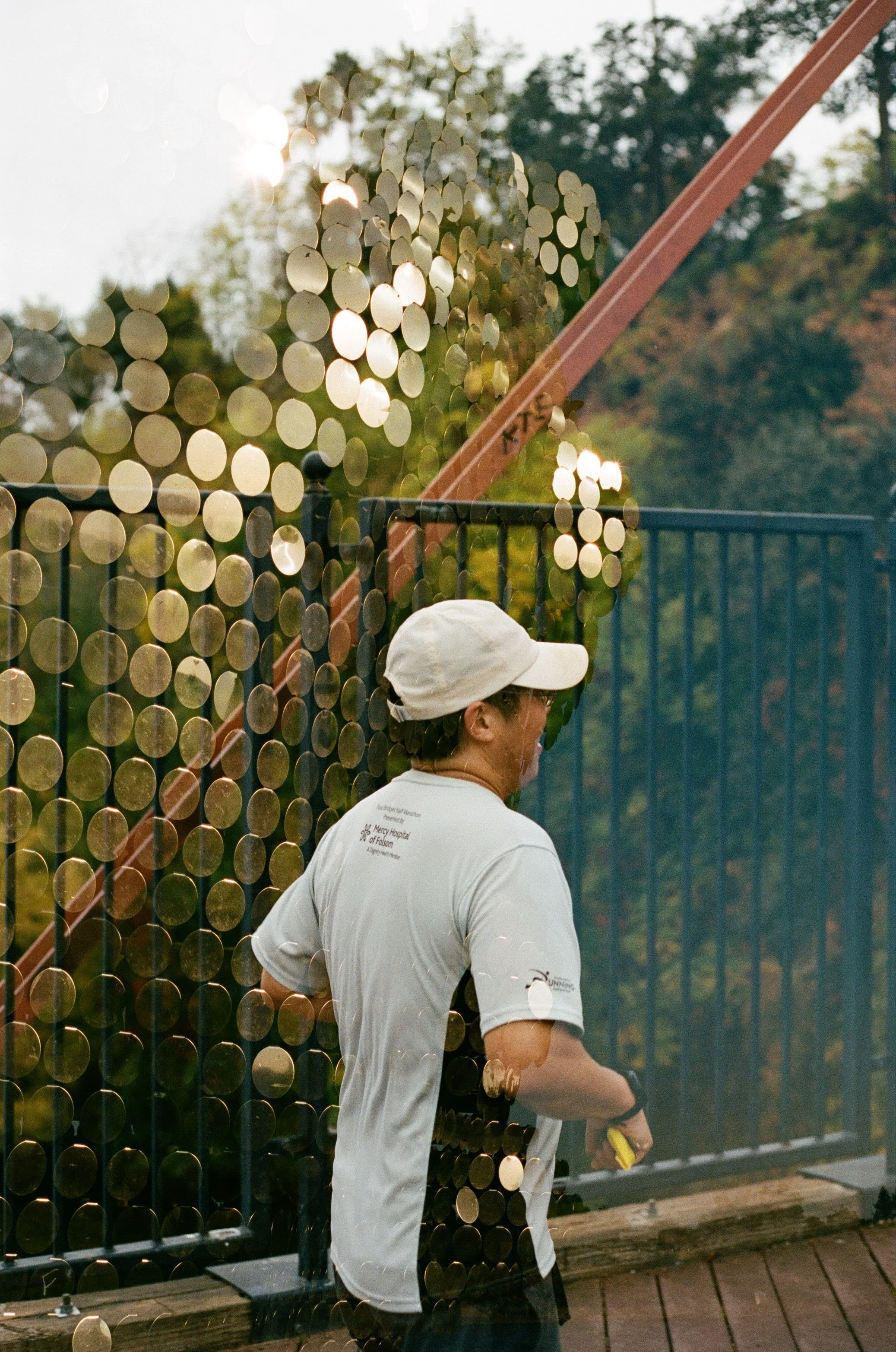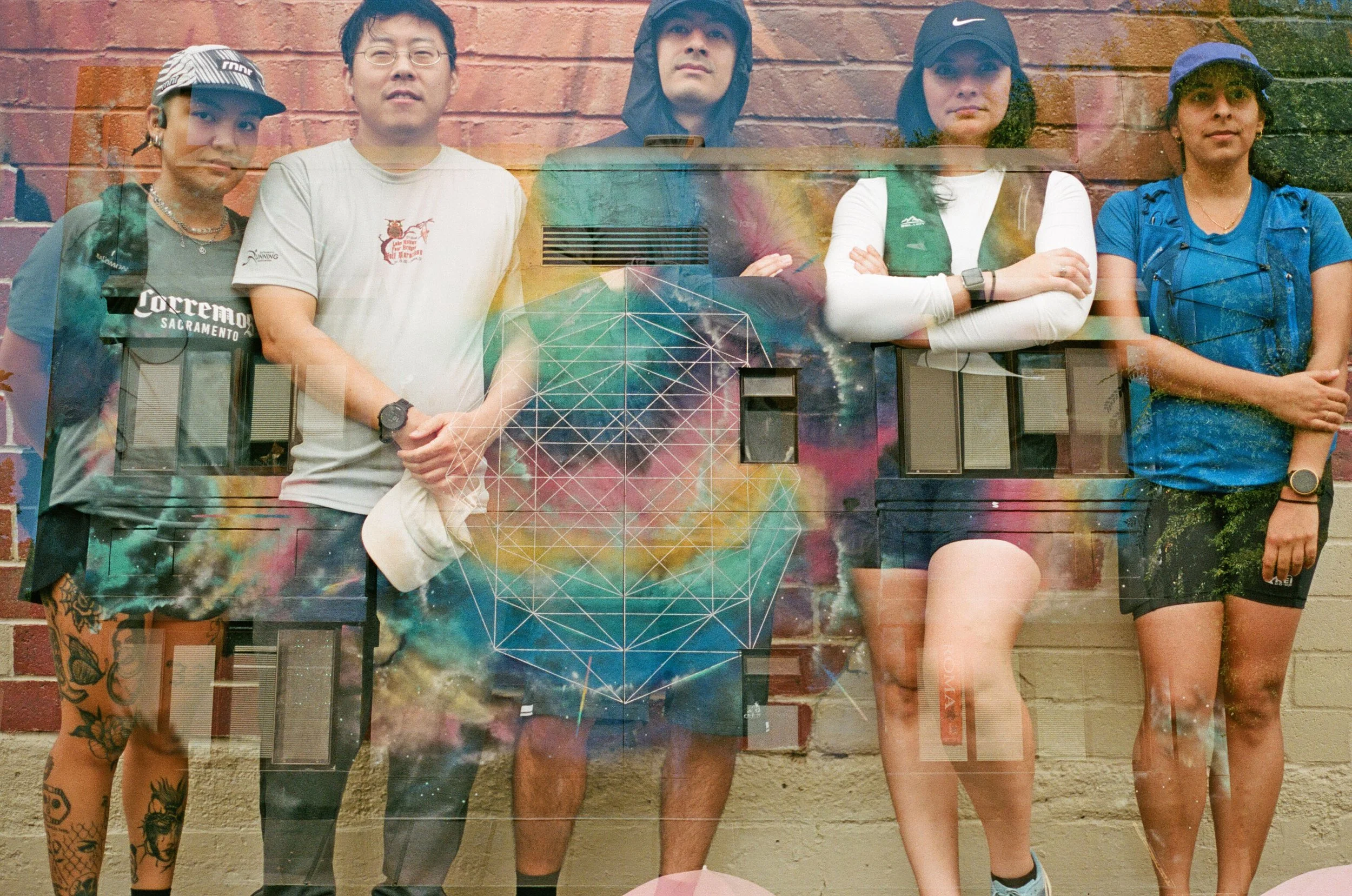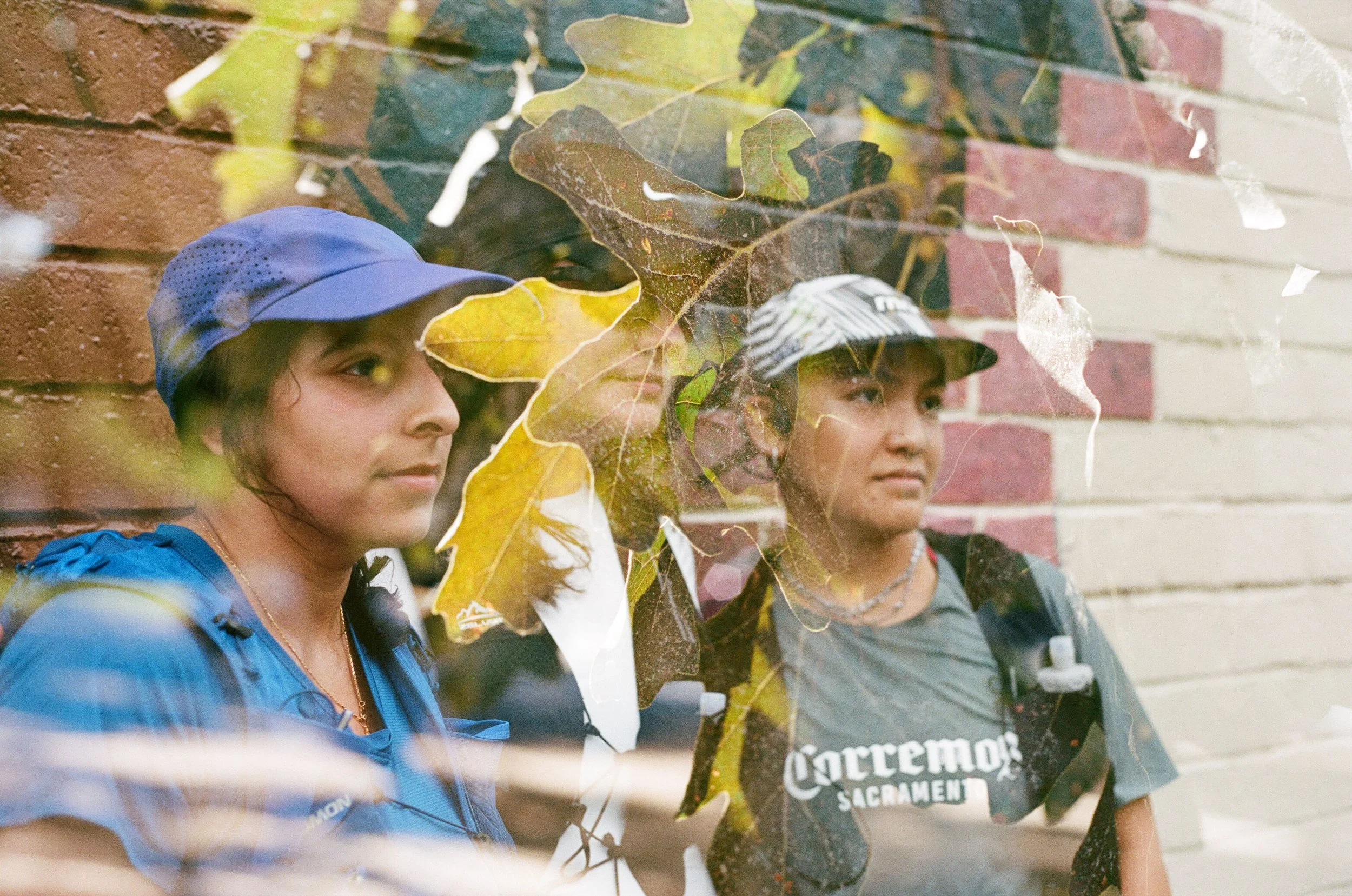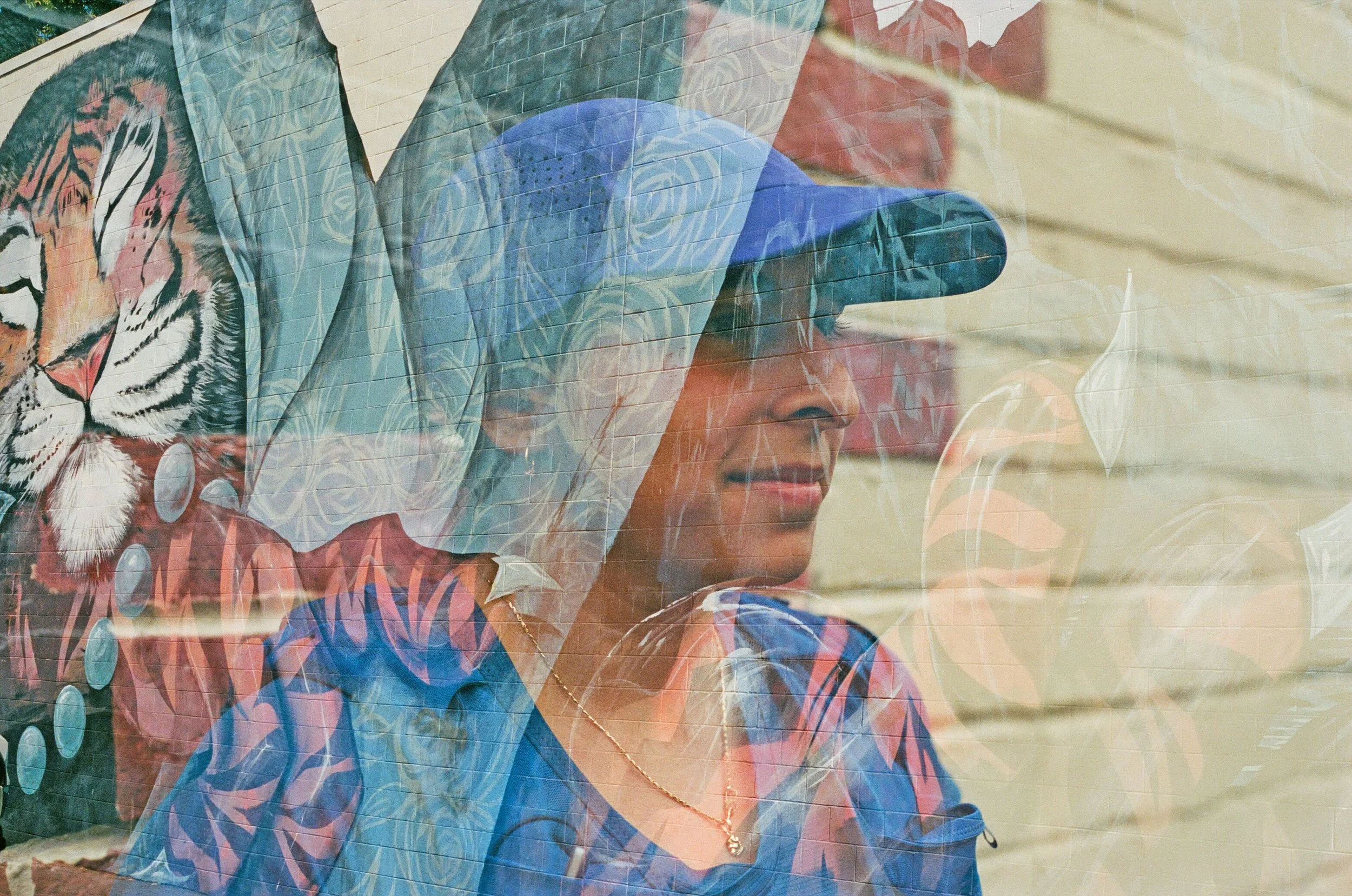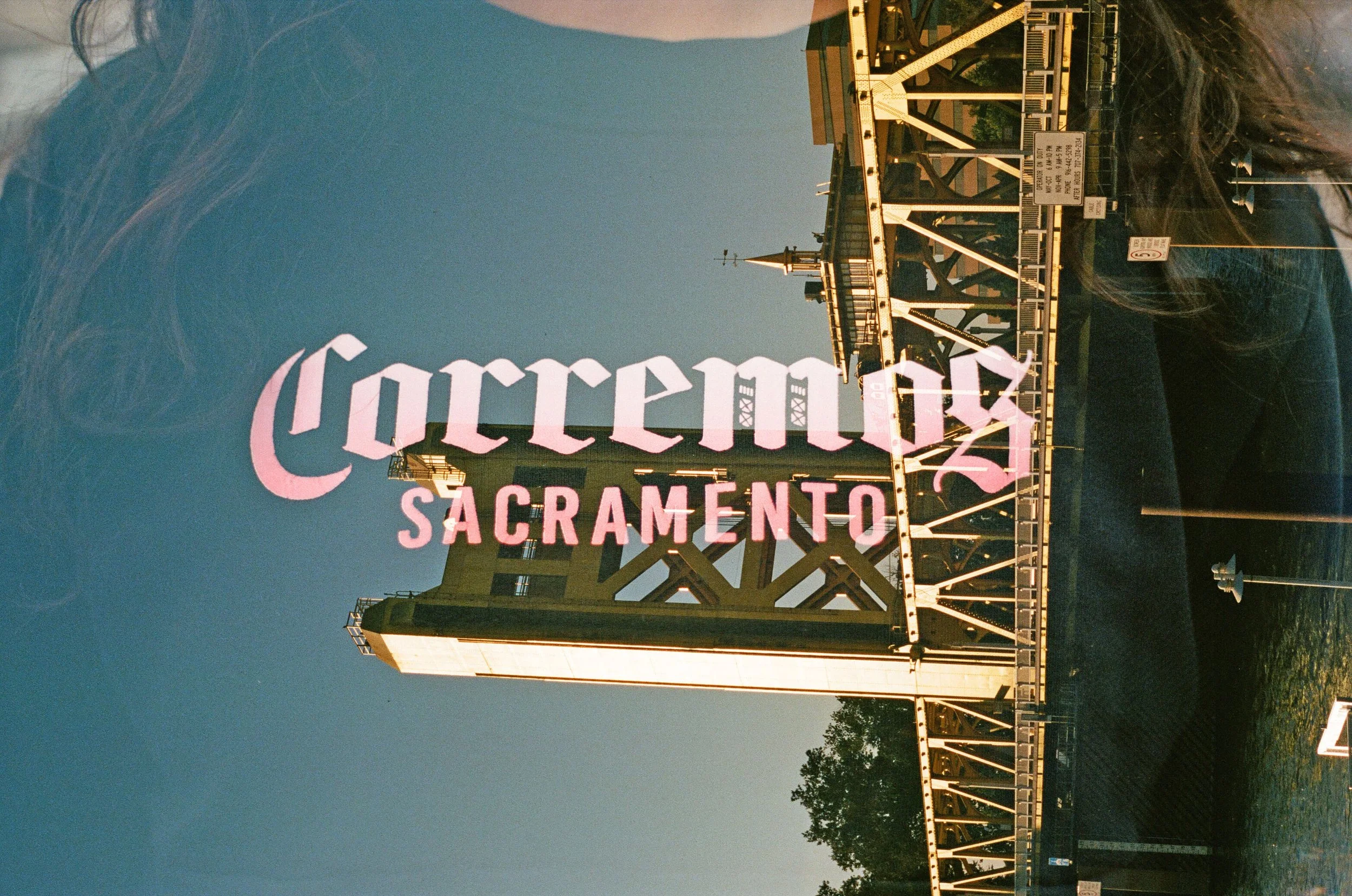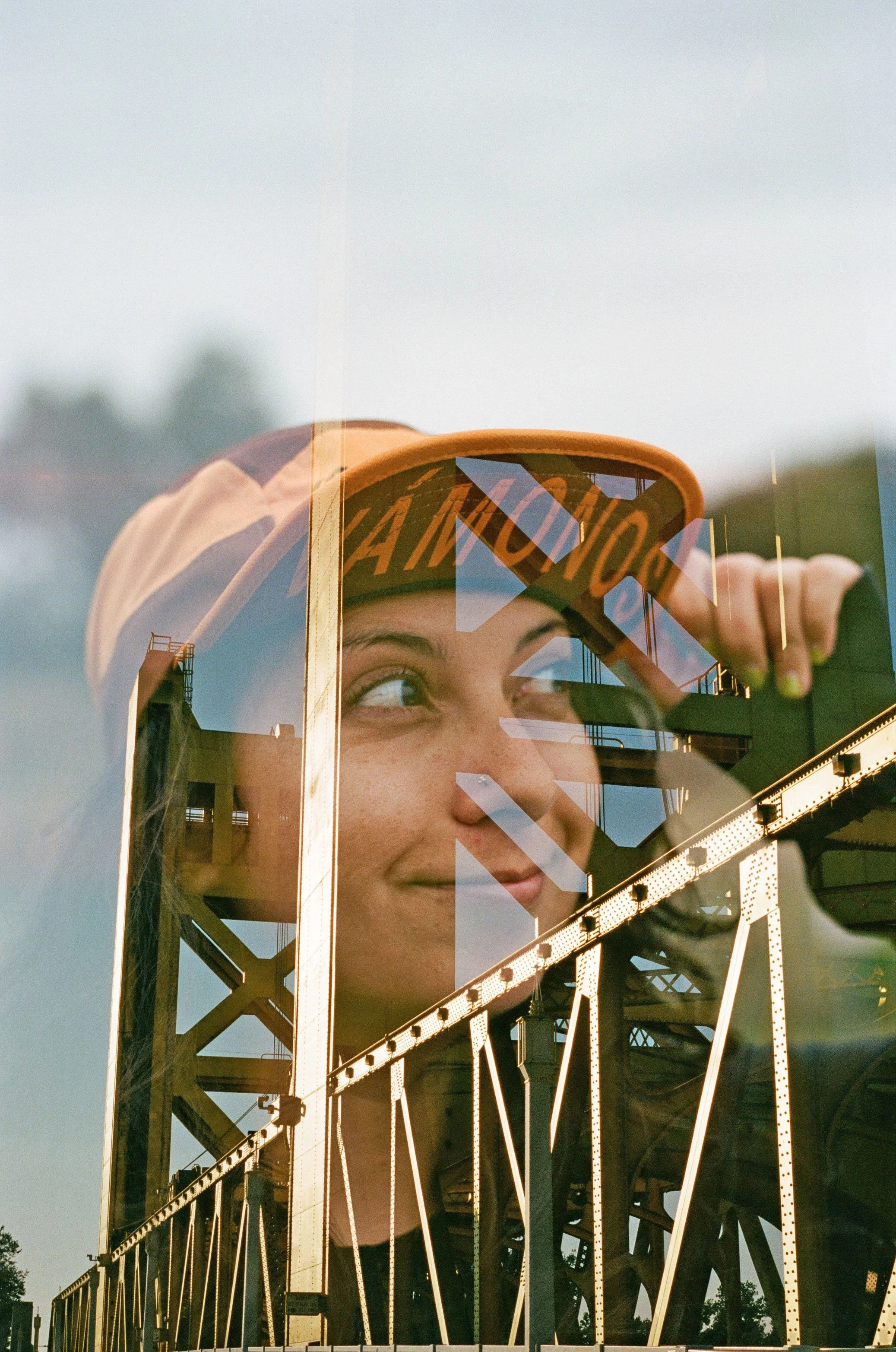On Running + Revolution: love for running as a cultural practice
“The word revolution didnt emerge until the 1500s, mainly among astronomers. Orbiting planets and stars were being vigorously recorded following Nicolas Copernicus’s On the Revolutions of the Celestial Spheres (1543), his heliocentric model dislodging Earth from center stage. According to astronomists, the earliest revolutionaries didn’t wear bandanas or brandish rifles. They were cut from the sky and arcing stars and lobbing moonlight and planetary orbit. Revolution imbued a force beyond human will, something driven by Spirit: ‘Human events and the course of history would follow the same inexorable and fixed schedules as the motions of the stars, suns, moon, planets, alterable by the direct intervention of God,’ wrote Harvard history professor Bernard Cohen in Revolution in Science. ‘A revolution could arise by man’s intervention, transcending or momentarily replacing the inexorable sequence determined by the revolutions of stars.’ ” The Way Around, Nicholas Triolo.
I have been contemplating this passage since I read this book over the summer. The two ideas I keep coming back to are, first, if we humans are made up of the same substances as the stars, and moons, and planets, are we too revolutionaries? Life is cyclical—the cycles of day and night, cycles of the seasons, the cycle of life, death, and rebirth. We are literally surrounded by revolutions when considered this way. However, when we consider the lexicon we currently understand, maybe it would be more appropriate to say we all have the potential to be revolutionaries. For revolutionaries might be best known as people who participate in a revolution, a movement to bring about a significant social change. Which is why, after seeing a post from Corremos Sacramento, I reached out to my friend Abel, one of the co-captains and the coach for the Corremos runners who will be running California International Marathon this December.
Orienting runners on the history of running in America by discussing the Hopi and their spiritual practices of running, to the assimilation of indigenous children, to Indigenous Olympic Marathon runners, Abel is doing something revolutionary with running. On his approach to coaching he shares, “I wanted to coach first time marathoners from a place of love for running as a cultural practice. I don't take people's trust lightly so I've prioritized giving marathoners only what they need to run their first marathon healthily and happily, and that requires cutting through all the marketing and messaging out there telling them to buy this supershoe, download this paid app, or run these complex workouts to do a marathon. I want to be a counter-balanced source of information for people doing this really incredible, new, and hard thing without them feeling like they're being sold to so that at the end of this whole journey their relationship to distance running and what their body can accomplish is forever enriched as my relationship to running and my body has become over the years.”
The second idea I keep thinking about after reading The Way Around, is when Triolo writes, On the Revolutions of the Celestial Spheres, proposed the heliocentric model, which places the Sun at the center of the solar system and decenters Earth, can we take that idea and decenter ourselves? With the sun in the center are we in a way shining a light on the reality of what is? The reality that humans struggle to be honest about the conditions in which we live and the reality that we, because of harmful systems, are contributing immensely to environmental and social degradation. I often say, the way we take care of ourselves and each other is a reflection of how we will care for the places we live and run.
What Corremos Sacramento runner, Vreny, shared with me about training is a beautiful reflection of how we can center care and love in our running practice,
“As an immigrant from Mexico, I have always had to do hard things—from learning how to navigate the higher education system, to corporate America, to entrepreneurship. Challenging myself and testing my capacity is nothing new to me. I was raised to succeed. I was raised to beat the odds. I was raised to give it my all, everything that is required to run a marathon. From the outside, training for a marathon may seem like an individualistic sport, an individual accomplishment or so I thought. Along my training journey, there have been countless components that aren’t seen or highlighted when I post about my marathon journey. I don’t post the countless nights my husband has massaged my legs, feet, and lower back to make sure I’m ready for my next long run. I don’t post the moments when I look at my body in the mirror and find myself in awe of how strong and beautiful it is. I don’t post the encouraging texts or direct messages my friends send to tell me how proud they are of me. I don’t post the conversations I have with my marathon training comadre, Blanca, during our long runs, conversations that have made us stop, embrace each other, wipe away our tears, and then keep running. I don’t post the encouraging messages and kind reminders from Abel, the co-captain of Corremos Sacramento, that have guided my training. Marathon training has reminded me that I can do hard things and that I no longer have to do them alone.”
I think that is the point—realizing (shining a light on) the truth that we are not in this alone. Whether that is running a marathon or creating ways of being that don’t involve capitalism and mindless consumption.
Running can be revolutionary when you are teaching about the first indigenous runners on this land, which is stolen land that we all now run and call ours. Running can be revolutionary when you are paying attention to what is happening in the cities and towns where you live and run through and become civically engaged. Running can be revolutionary when you build real community and you are up before the sun because you want to spend the first hours of the day with your friends. Running can be revolutionary when you stand on the street corner to watch your friends run a race or cross a finish line and you are crying joyful tears because you feel their joy. Running can be revolutionary when we take it away from industry as a tool for consumption and use it as a tool of strength and love. Running can be revolutionary when we understand the interconnectedness of all that is.
The photos of Sacramento were taken in Midtown, Downtown, and West Sac. The photos of the runners were taken in Fair Oaks and along the American River Parkway — where most all runners in Sacramento train for CIM. Thank you to the runners, Phil, Pragya, Blanca, Vreny, Christiana, Janiel, and Leticia for allowing me to capture some of your training. Thank you Dalia and Abel for ALL that you do for the Sacramento running community and beyond. Thank you Sacramento for being so beautiful in the fall and all the miles I’ve run through your grid and along your river.

